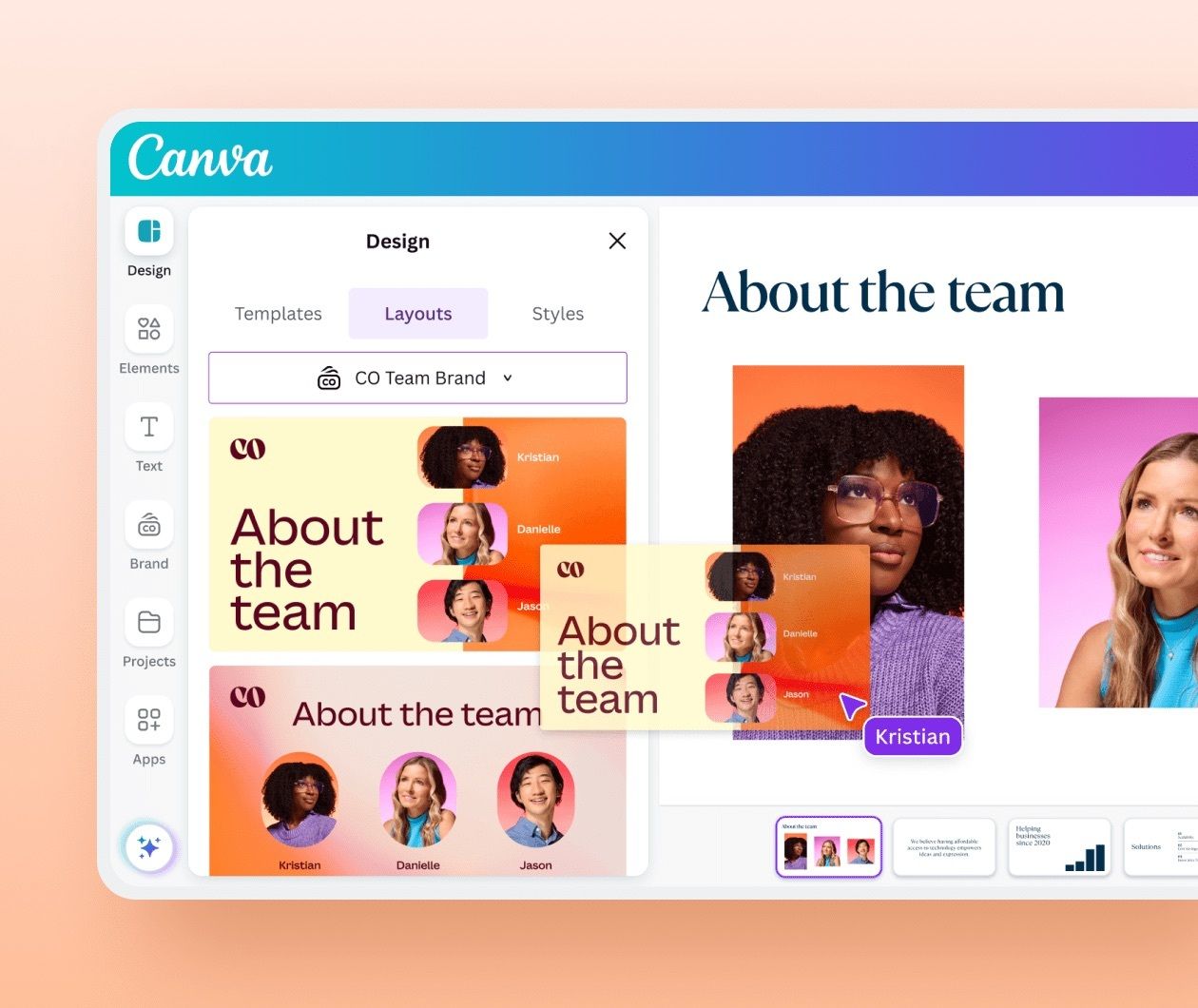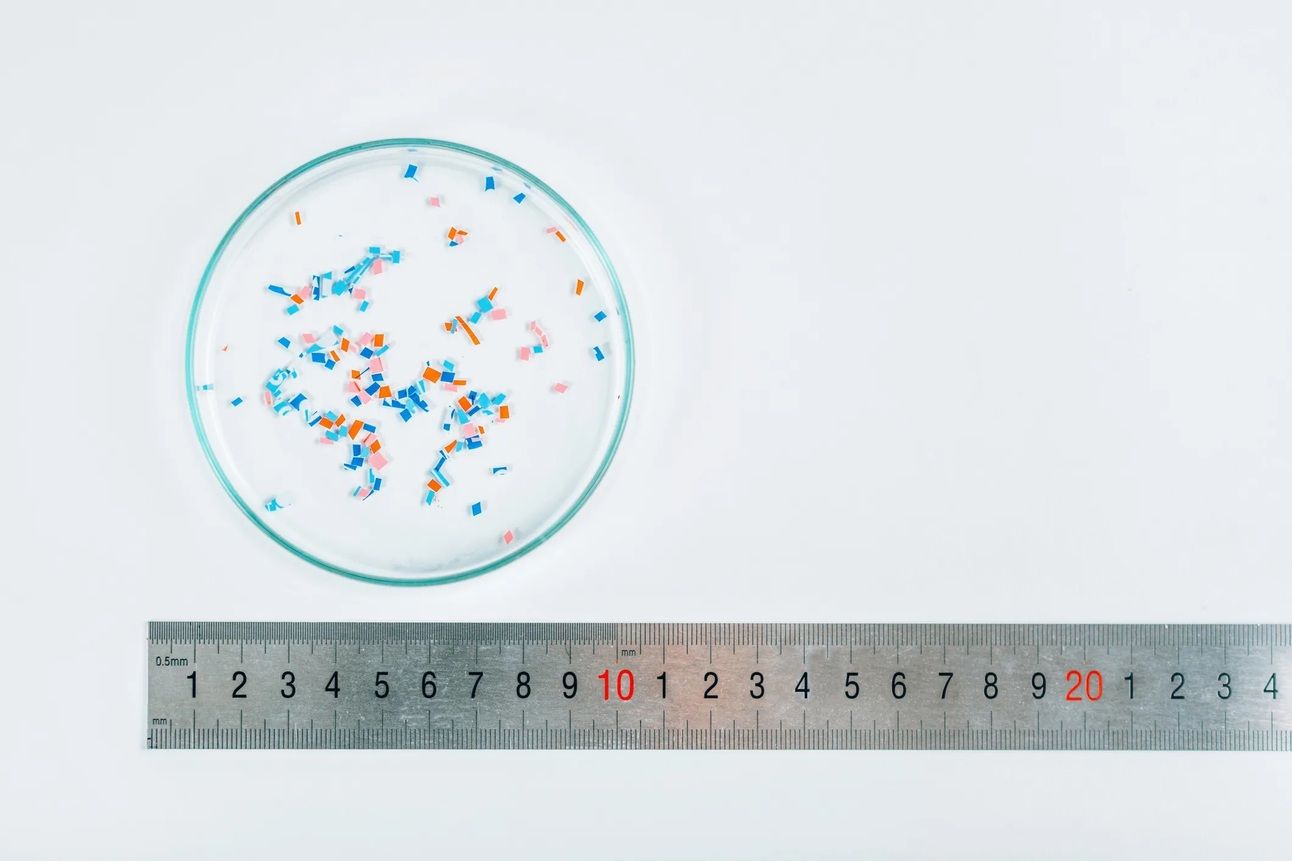
Welcome to this edition of Loop!
To kick off your week, we’ve rounded-up the most important technology and AI updates that you should know about.
HIGHLIGHTS
Google’s improved tool that lets you virtually “try-on” clothes
Why Toyota and BMW are working together on hydrogen fuel cells
Microsoft’s work on removing explicit deepfakes
… and much more
Let's jump in!


1. Intel’s advanced chip making process is facing trouble
In worrying news for Intel, their next-gen manufacturing process has failed recent tests. This new process is an important part of Intel's strategy, as it hopes to become a leading chipmaker again.
The tests involved sending Broadcom's silicon wafers through Intel's 18A process, but the tests showed that they’re not ready for high-volume production.
But this is bad news for Microsoft too. Earlier this year, they signed a $15 billion deal with Intel and planned to use the new process for their custom chips in 2025. That work could now be delayed.
It follows other challenges that Intel has faced recently, including $1.6 billion in losses in Q2, layoffs that impacted over 15,000 workers, and issues with its 13th and 14th Gen CPUs.
Intel’s CEO is expected to reveal plans that will reduce the company's spending, which may include selling off Altera and pausing work on its chip making factory in Germany.

2. Toyota and BMW will join efforts to develop hydrogen fuel cells
Both companies are working on hydrogen vehicles, which will produce zero emissions. BMW hopes to release its first model in 2028, which is why they have signed the agreement with Toyota.
The two will standardise vehicle parts, develop a shared powertrain, and build their own hydrogen fuel stations.
The hydrogen vehicle market is in a tricky spot, with a lack of fuel stations and the rising price of hydrogen. Plus, the other manufacturers are instead focusing on hybrid and electric vehicles - with huge levels of investment being made.
That has its own downsides, as VW Group have recently found out. The company is quickly moving its fleet to electric, but high prices have led to a fall in sales and German factories might have to close down.
VW are also being undercut by cheap manufacturing in China, which is eating into their core customer base.
Given those strong headwinds in the EV market, Toyota and BMW are betting that hydrogen fuel cells are the true successor to combustion engines.

3. Data centres will emit x3 more CO2 because of generative AI
Morgan Stanley forecasts that, between now and 2030, the data centre industry will emit over 2.5 billion tonnes of CO2. This is largely being driven by the rise of generative AI.
The construction of new data centres, plus the electricity they need, will account for 40% of the US’ emissions.
That’s a truly shocking number and highlights the role that technology is playing in our emissions.
Normally, we think of airplanes and factories as the big polluters. But tech leaders will face themselves under greater scrutiny as time goes on, regardless of whether you’re a hardware or software company.
That scrutiny won’t just come from the public, but from your customers as well.
If you’re a business leader reading this, like thousands of others each week, I’d suggest that you examine how your emissions could be better tracked and reported - as it is likely to become a greater factor in customer decisions.

4. Microsoft’s new tool will remove deepfake images from Bing
The company has partnered with StopNCII, which helps deepfake victims to create digital fingerprints of explicit images. These hashes are necessary for Bing, which will prevent them being shown in search results.
Over 268,000 explicit images have already been removed, following an initial test with StopNCII.
It’s really good to see something being done here, as it’s a growing problem for young people in school - which was highlighted in Spain earlier this year.
If this could be standardised and applied to other platforms, like Whatsapp, it would help to reduce the spread of this imagery.
Although, it’s almost impossible to completely stop it, as there are so many platforms available online.
This is a very worrying trend and it isn’t getting the attention that it deserves. The media, politicians, and tech companies need to work together and come up with a solution.

5. Google lets you virtually try-on clothes before you buy
The tool can be used to virtually try-on clothes, including t-shirts and dresses, before you buy them.
Essentially, Google wants to eliminate the guesswork around clothes shopping and help you pick the right fit.
To achieve this, they use a diffusion transformer to preserve your body’s features and overlay the clothes.
It’s impressive that they were able to get the technology to work for dresses as well, since they’re usually more detailed and complex than a normal t-shirt.
Alibaba has been working on a similar tool, but they didn’t release it to the public over fears of misuse. Although, it’s more likely that they didn’t want their competitors to have access to the technology.
If you want to try out Google’s tool, I’ve added a link below.

Canva increases prices by 300% and says its AI features are worth it

The platform is very popular with graphic designers and businesses, which has seen it become a genuine alternative to Adobe.
Many of their tools are incredibly easy to use and no graphic design experience is needed - allowing amateurs to quickly create their own designs.
Canva was also cheaper than Adobe, which was a major draw for new users.
However, they have invested a lot of money in Generative AI tools in recent years. Just a month ago, they acquired Leonardo AI which specialised in GenAI imagery.
The company has also released its own AI tools for paid users. Almost a year after they released their suite of AI tools, Canva’s business subscription will increase by 300%.
This highlights a few things. Firstly, the scramble for Generative AI tools has led to sky-high expectations. Those huge expectations are from both business leaders and ordinary consumers.
Business leaders expect that entire industries will be disrupted and want to move quickly on expensive AI partnerships or acquisitions. While consumers want to access these AI tools for free, ever since ChatGPT set that expectation in 2022.
The reality is that these tools are much more expensive to run than people believe. Yes, prices have fallen dramatically for text generation - but image analysis and generation is still quite costly.
Canva has finally realised this and is trying to offload the cost onto their business users, without scaring away ordinary people who use it for smaller projects. With Canva’s eyes set on an IPO listing in the next few years, they’re trying to get the house in order.
Canva’s bet is that power-users are already hooked on their AI features and won’t move elsewhere. It’s a risky move, since the company has consistently pitched itself as a more affordable alternative to Adobe’s expensive tools.
Time will tell if they’re correct.

Anthropic releases their first quickstart project

The startup has released their first quickstart project, which allows developers to quickly build apps that use their AI model.
Their first one is a customer support agent that’s powered by Claude. Essentially, it’s a chatbot but has a slightly nicer UI.
It’s a common use case for businesses and often the first thing that they will try to deploy.
When it comes to business adoption, Anthropic have lagged behind their rival OpenAI - despite Anthropic having a better LLM (in my opinion).
They’re lagging behind as OpenAI is more widely known and because businesses can use Microsoft Azure to deploy an OpenAI chatbot with just one-click.
Anthropic needs to win those businesses over, as they need to quickly grow revenues and support the training of future models. Those next-gen models could cost over $1 billion to train, according to their CEO.
While it’s currently just one project, it’s worth having a look and trying it yourself. Anthropic’s Claude model is incredible and I’ve used it instead of OpenAI’s tools for months.

🚀 OpenAI co-founder raises $1 billion for his new AI safety startup
🚗 If your car witnessed a crime, US police might take it down to the station
⚖️ Nvidia’s AI antitrust investigation is escalating
📈 Bluesky grows to over 9 million users
🚇 Transport for London outages continue following a cyberattack
💼 Salesforce acquires data management firm Own for $1.9 billion
🌍 US, UK, and EU sign up to a global AI safety treaty for the first time
🎙️ NSA's podcast will let you listen in on them
🛡️ YouTube is developing tools to protect creators from AI copycats
💰 OpenAI reaches 1 million paid corporate users



Calyxia
The French startup has recently raised $35 billion in Series B funding and wants to tackle microplastics pollution.
It’s a huge problem for both us, the environment, and the wider food chain. Microplastics are difficult to see with the naked eye and are killing marine life, since they can sometimes eat more plastic than real food.
There’s also the risk that these fragments can enter our water supply or leach into the soil.
Calyxia has developed their own “clean tech”, which allows manufacturers to use biodegradable materials instead of traditional plastics. It also allows those companies to reduce energy consumption for the overall process.
The biggest sectors that they want to clean up are agriculture and consumer goods that are rapidly produced, such as laundry liquids.
While laundry liquids aren’t that interesting, this biodegradable technology could be scaled much wider than that.
We have hundreds of plastic products around our house. Some are in our cupboards and used dozens of times.
As we use them more and more, tiny microplastics will break off and leak into our environment - which is causing the issue.
It’s possible that Calyxia’s plastic microcapsules could be applied to many of those materials as well, which would have a really positive impact on the world around us.
This Week’s Art

Loop via Midjourney V6.1

We’ve covered a lot this week, including:
Intel’s struggles with their next-gen chipmaking process
Toyota and BMW’s partnership on hydrogen fuel cells
Why data centres will emit 3x more CO2 emissions because of GenAI
Microsoft’s work on removing explicit deepfakes from Bing
Google’s virtual try-on tool
Why Canva is under pressure to raise prices
Anthropic’s new quickstart to help businesses create AI chatbots
And how Calyxia is working to remove microplastics from the manufacturing process
Have a good week!
Liam

Share with Others
If you found something interesting in this week’s edition, feel free to share this newsletter with your colleagues.
About the Author
Liam McCormick is a Senior AI Engineer and works within Kainos' Innovation team. He identifies business value in emerging technologies, implements them, and then shares these insights with others.


